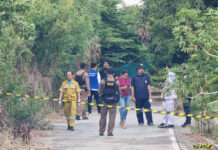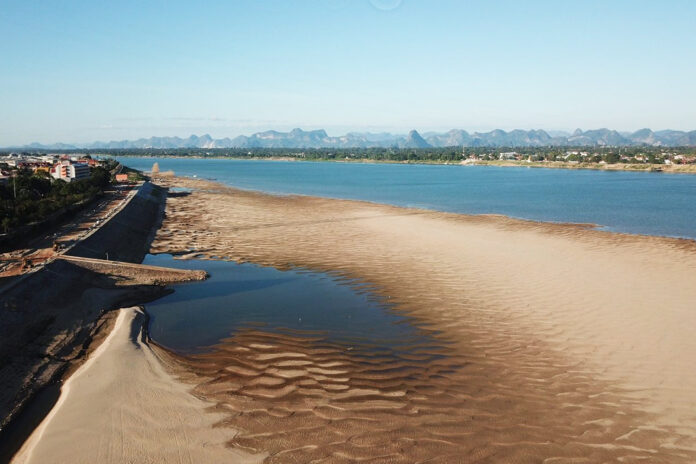
BANGKOK — China’s massive dams on the Mekong River exacerbated last year’s extreme drought in downstream countries including Thailand, researchers from a US government-funded study said on Wednesday.
The researchers discuss the findings – originally published by American research company Eyes on Earth Inc. – in a video conference organized by the U.S. Embassy in Bangkok. The team said China’s dams controlled and restricted the water flow in the Mekong, leading to a disaster felt in Thailand.
Although Chinese officials slam the paper as politically-motivated, the researchers said they have no ill intention towards China. Brian Eyler, Southeast Asia director of the Washington-based Stimson Center said the study aims to provide scientifically-proven evidence for a constructive discussion about the river.
Read: Study Says China-Backed Dam Would Destroy Mekong
“If everyone has knowledge about the issue, they can honestly discuss it,” Eyler said. “It’s not intended to initiate a policy, but we aim to provide more transparency into the issue.”
Last year’s drought saw the downstream portion of the 4,350-kilometer river at its lowest levels in more than a century.
More than 60 million people in five riparian countries – including Myanmar, Laos, Thailand, Cambodia, and Vietnam – depend on its uninterrupted flow for water, food, irrigation, transportation, as well as a spiritual source of culture.
The peculiarity in water levels became the most observable in 2019, when the usual tide cycle of the Mekong was disrupted. Water levels typically rise during the monsoon season and fall during the dry season, but in 2019, it only reached 2.5 meters when it was expected to be at 7.5 meters.
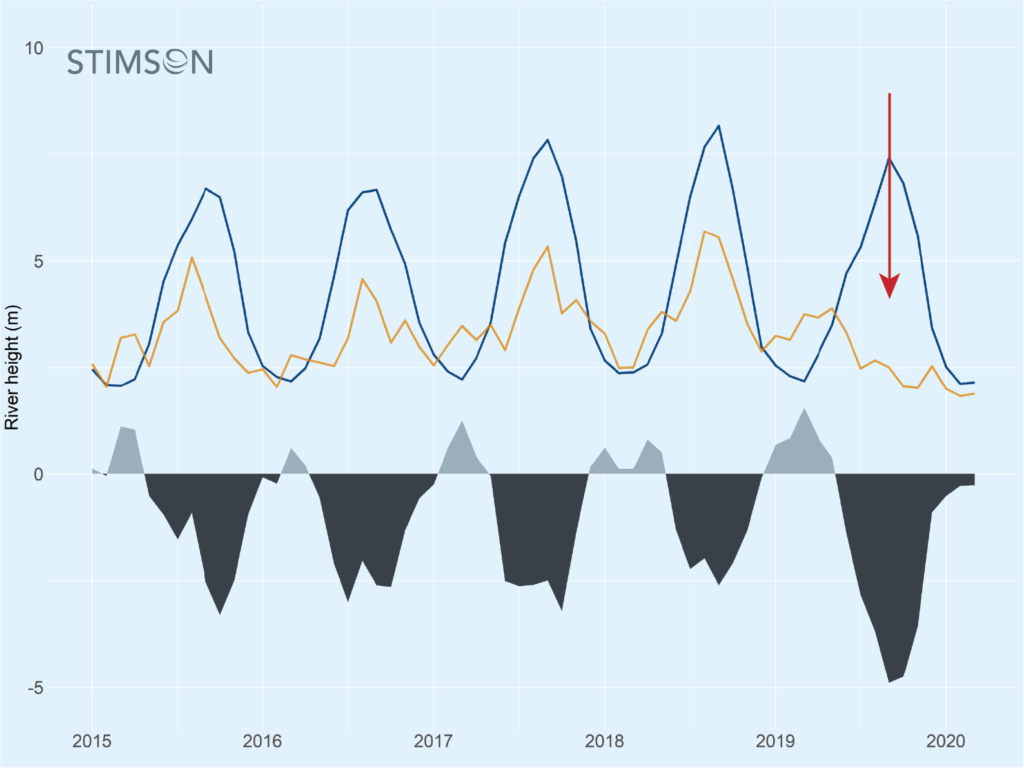
The study links these disruptions to eleven dams built by China on the Mekong, also known as the Lancang River in China.
The largest of them, the Nuozhadu Dam, can hold up to 27,490,000,000 cubic meters of water, or more than the previous four China-built reservoirs combined, according to the study. Researchers accused China of storing the water for its own uses.
The Chinese government vehemently denied the allegations, saying that the low rainfall and other moonsonal abnormalities last year were caused by the El Nino phenomenon. It also said that China’s Yunnan province was likewise affected by the arid condition during that time.
“The groundless report runs counter to facts,” China’s foreign ministry spokesman Geng Shuang said. “The MRC [Mekong River Commission] Secretariat already made a science-based assessment on this drought. There is no reason justifying the claim that China is responsible for the drought in downstream countries.”
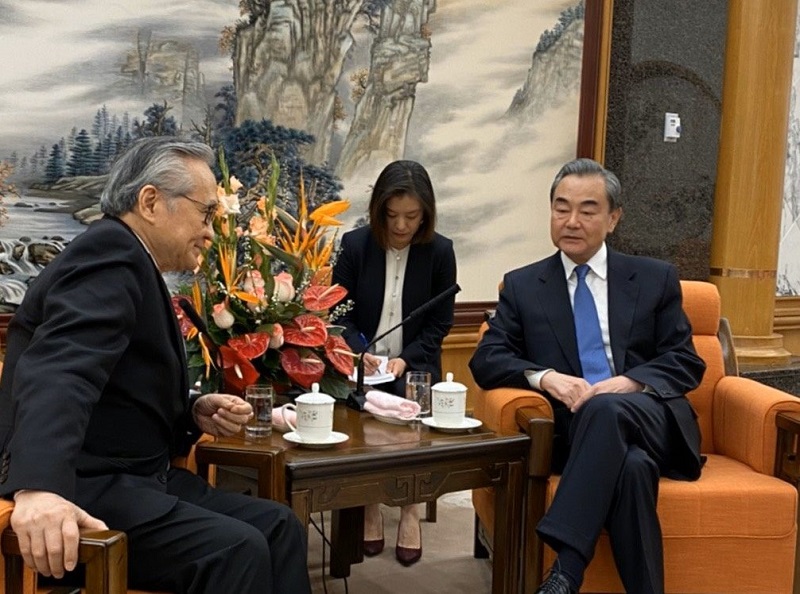
But Eyler said the evidence points to China’s role in the drought. Satellite observations showed that Yunnan province actually had slightly above average “surface wetness” during last year’s monsoon season, even as countries downstream were significantly drier.
“China’s foreign ministry said its reservoir volumes fell to a historical low, but satellite images show that they are completely filled from July to December 2019,” Eyler said. “China received significant rainfall, while restricting all of it.”
Another researcher also said data inside China is hard to come by because of the information restrictions.
“Information about water levels is not available because China regards it as a state secret,” researcher Courtney Weatherby of the Stimson Center said.
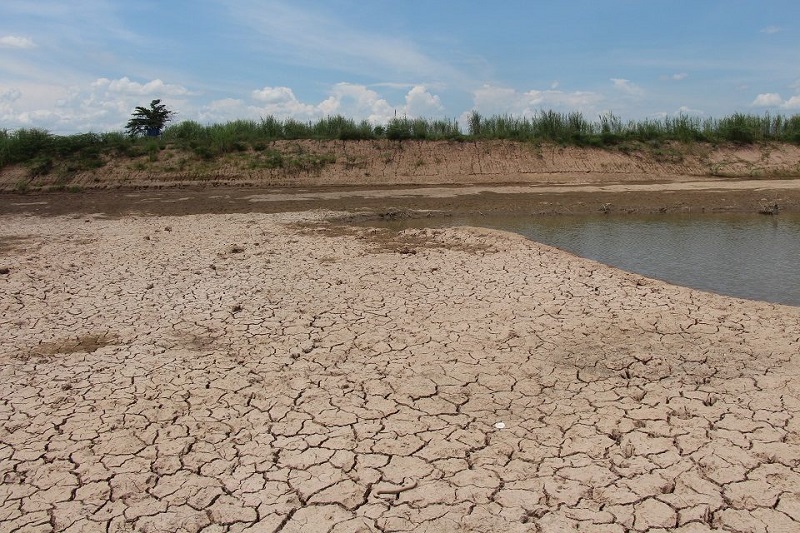
The study was also presented by U.S. Embassy at the time the administration under President Donald Trump sought to challenge China’s rising influence in the Southeast Asian region and paint it as a threat to the region.
The newly appointed U.S. ambassador to Thailand recently published an op-ed on Krungthep Thurakit newspaper calling for greater scrutiny into China’s dam operations.
“Thai civil society organizations have raised concerns about the PRC’s efforts to dam the river and blast the stretch of it between Thailand and Laos, but are lectured with promises of “win-win solutions” that never materialize,” ambassador Michael George DeSombre wrote. “We support the Thai people and the Royal Thai Government’s efforts.”
In another article, the ambassador accused the Chinese government of covering up the full extent of the coronavirus pandemic – in tune with the rhetoric endorsed by President Trump.

